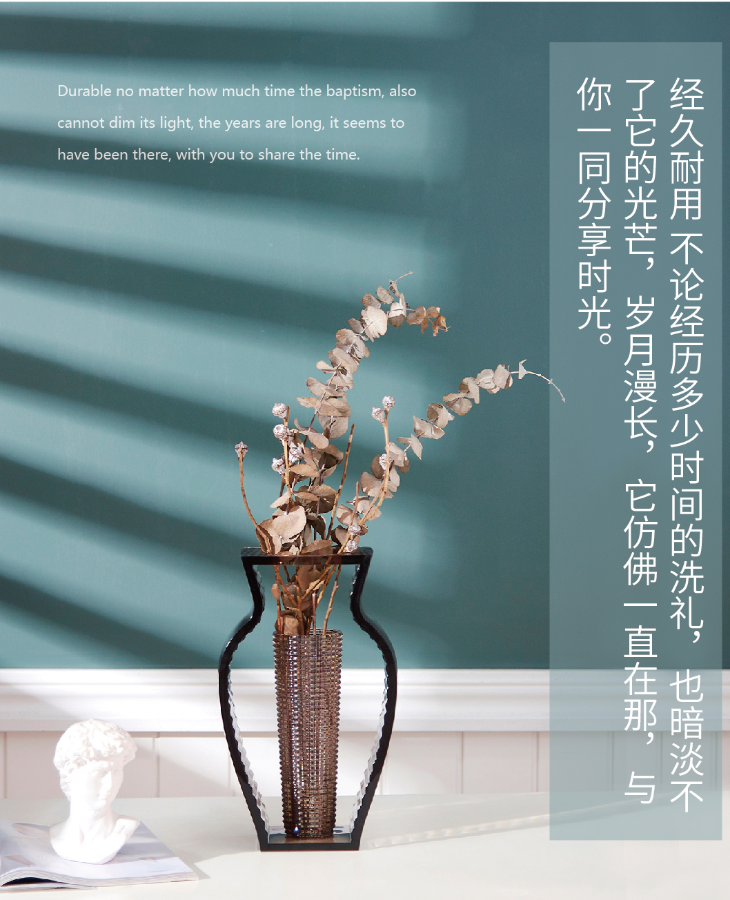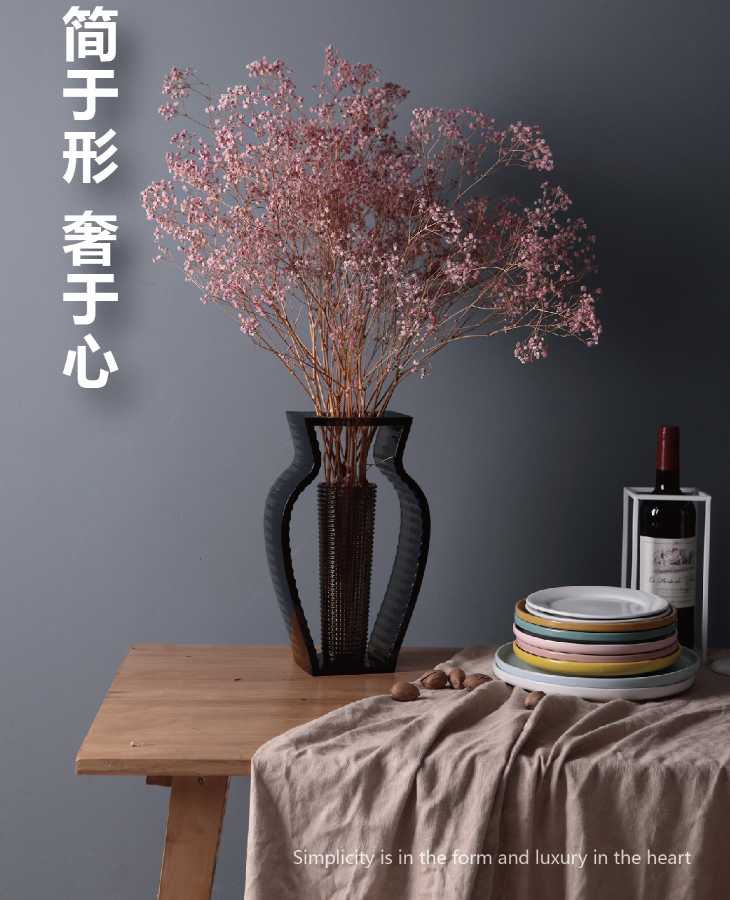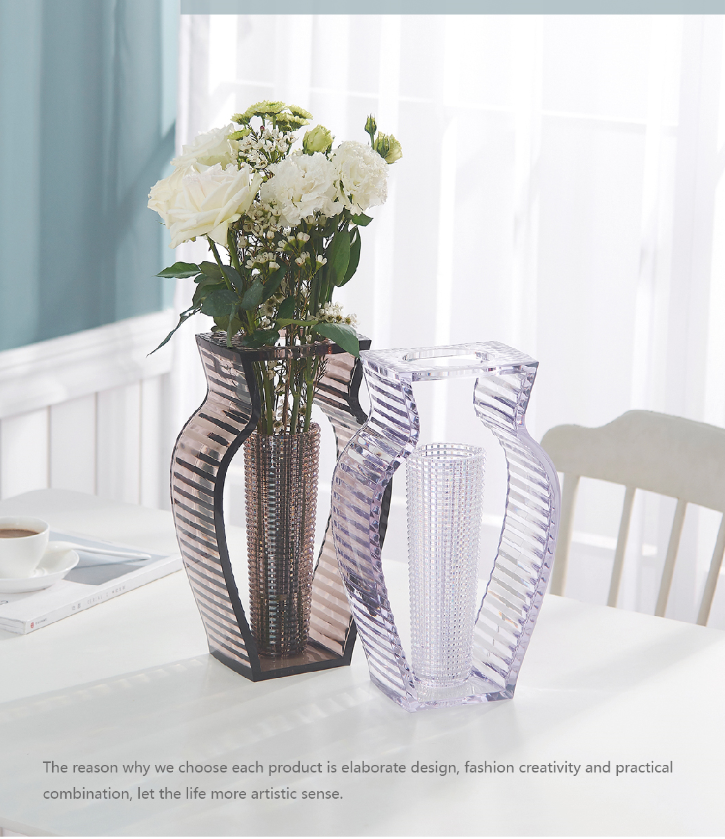Pressure adjustment of printing machine when paper thickness changes
When the paper thickness of the printing machine changes, two main changes occur:
First, the pressure between the rubber cylinder and the impression cylinder has changed, and the original pressure state cannot be maintained. When the paper changes from thin to thick, the pressure between the rubber cylinder and the impression cylinder increases; when the paper changes from thick to thin, the pressure between the rubber cylinder and the impression cylinder decreases.
Second, the size of the image (print length) printed on the substrate by the printing plate has changed. When the paper changes from thin to thick, the length of the image and text obtained by the impression cylinder is relatively elongated; when the paper is changed from thick to thin, the length of the image and text obtained by the impression cylinder is relatively reduced.
In order to adjust the printing machine more accurately when the paper thickness changes, let's first understand the adjustment of printing pressure and the relationship between the radius of the two cylinders and the size of the graphic.
1. Roller pressure
The process of lithographic offset printing is to transfer the graphic ink on the printing plate to the blanket first, and then transfer it from the rubber to the substrate. In this transfer process, the surface of the plate cylinder and the rubber cylinder must be fully in contact with each other, that is, there must be a certain contact pressure between the contact surfaces to allow the ink to be transferred between them. This contact pressure is the printing pressure. Cylinder pressure: the interaction force between the stamping bodies during the printing process.
Printing pressure is the first condition to complete offset printing. Whether the pressure between cylinders is ideal is the key to ensuring the printing quality. The ideal printing pressure refers to the pressure that can ensure the good transfer of ink (that is, to ensure that the printed product is strong in the imprint, the dot is full but not spread, and the tone level is clear and rich). Whether the pressure is low (that is, using ideal pressure) is one of the important indicators to measure the level of technology, and it is also an important condition for ensuring high quality and high yield.
Too high or too low printing pressure has a great impact on product quality. Excessive pressure can easily cause dot deformation, paste, thick ink color, and even image distortion. Excessive pressure will also accelerate plate wear and machine wear; too low pressure will cause insufficient or unstable ink transfer, resulting in empty imprint , Light ink color, unclear image outline, inconsistent ink color depth, etc.
The method of adjusting printing pressure in actual production:
â‘ Adjust the printing pressure by adjusting the center distance of the cylinder;
â‘¡ Adjust the printing pressure by adjusting the thickness of the liner (plate cylinder, rubber cylinder liner).
Note: The size of the center distance is related to the meshing state of the roller gear. It should be adjusted according to the actual needs of the printing process. It is not suitable for frequent adjustment. It must be adjusted within the range indicated by the machine operation and use, and the pressure on both sides must be consistent.
2. The relationship between the radius of the three rollers and the size of the graphic
The transmission of the three cylinders of the general offset press: It is driven by three gears with the same number of teeth, modulus and helix angle. Therefore, regardless of whether the radii of the two rollers are equal, the angular speed of the three rollers is exactly the same.
Ideally, the radius of the cylinder after lining should be equal to the linear speed of the surface of the cylinder during the printing process, keep the rollers from rolling without slipping, and ensure that the dots on the printing surface coincide exactly after each operation, and the dots are not Distorted or ghosting. If the three rollers are all rigid bodies, as long as the radius of the three rollers is equal, the surface linear velocity of the three rollers can be guaranteed to be equal.
However, the materials covered by the three rollers are different, and the radius of the three rollers after the lining is different. In order to maintain pure rolling and no slippage, the radius of the rubber cylinder should be smaller than the radius of the plate cylinder and the impression cylinder, and in principle should be equal to the pitch circle radius.
In order to facilitate the study of the relationship between the radius of the three rollers and the size of the graphics, we treat the three rollers as rigid bodies. Assuming that the image area occupies 180o after the version is installed, let us study the following situations:
â‘ If the operating diameters of the plate cylinder and the impression cylinder are equal, and the operating diameter of the rubber cylinder is relatively small (or large), because the angular velocity is equal, when the printing plate rotates through 180o, the other two cylinders also rotate through 180o. That is, the graphic area occupies the same 180o position on the impression cylinder. Since the operating diameter of the rubber cylinder and the impression cylinder is equal, the length of the imprint obtained on the surface of the plate cylinder and the surface of the impression cylinder is equal. ).
Conclusion: When ignoring the graphic deformation caused by the elastic deformation of the rubber cylinder, the size of the rubber cylinder's running diameter does not affect the length of the graphic imprint, but it will affect the printing quality.
â‘¡If the operating diameter of the impression cylinder is smaller than the diameter of the plate cylinder, when the plate cylinder rotates 180o, the other two cylinders also rotate 180o, that is, the graphic area occupies the position of 180o on the impression cylinder. The operating diameter of the printing cylinder is smaller than the diameter of the printing cylinder, and the actual length of the image and text obtained by the impression cylinder is relatively reduced (the image and text are shortened).
Conclusion: When the operating diameter of the impression cylinder is smaller than the diameter of the plate cylinder, the graphic is shortened.
â‘¢ If the operating diameter of the impression cylinder is greater than the diameter of the plate cylinder, the graphic area occupies the position of 180o on the impression cylinder. Since the operational diameter of the impression cylinder is greater than the diameter of the plate cylinder, the actual length of the image and text obtained by the impression cylinder is relatively Elongation (the picture is stretched).
Conclusion: When the running diameter of the impression cylinder is larger than the diameter of the plate cylinder, the picture and text are elongated.
3. The pressure adjustment of the printing machine when the paper thickness changes
Take paper thickness from thin to thick as an example
â‘ If the paper changes little from thin to thick, the extension of the picture and text does not exceed the range of qualified products.
Adjustment method: The distance between the center of the rubber cylinder and the impression cylinder can be directly pulled apart. The width of the pull can be obtained by measuring the change in paper thickness.
â‘¡If the paper changes greatly from thin to thick, the extension of the picture and text has exceeded the range of qualified products, but the effect of adjusting the center distance on the meshing condition of the drum gear is still within the acceptable range.
Adjustment method: correspondingly increase the lining of the plate cylinder (the increase can be obtained according to the change in the thickness of the paper), and at the same time pull apart the center distance between the plate cylinder and the rubber cylinder, and the rubber cylinder and the impression cylinder Re-adjust the ink roller pressure.
â‘¢If the paper changes greatly from thin to thick, not only the extension of the picture and text has exceeded the range of qualified products, but the adjustment of the center distance has affected the meshing state of the roller gear.
Adjustment method: correspondingly reduce the cladding volume of the impression cylinder, increase the cladding volume of the plate cylinder, and readjust the ink roller pressure.
Note: The first adjustment method has the most applications and the simplest adjustment; the second adjustment method is more reasonable and can keep the size of the picture and text basically unchanged; the third adjustment method can make the pressure in the normal range, but also can make the picture The size of the document remains basically the same, but due to this adjustment method, the operating diameter of the rubber cylinder is much different from the operating diameter of the plate cylinder and the impression cylinder, causing slippage between the cylinders and affecting the printing quality.
4. Inspection of printing pressure
The most commonly used and most intuitive and simple method for checking printing pressure is the bumper method. The specific operations are as follows: lift the water roller, drop the ink roller, run the machine at low speed and press together, and wait until the surface of the three rollers is evenly inked, and then you can stop. Each roller has an ink bar at the parking place, such as the width of the ink bar is uniform within the value range given by the machine, and the width of the ink bar of the impression cylinder and the rubber cylinder is greater than the width of the ink bar of the plate cylinder and the rubber cylinder , It means that the pressure adjustment is uniform and appropriate.
If the width of the pressure bar is wide and narrow, the biggest possibility is that the center distance between the two sides of the roller is inconsistent.




Plastic Vase,Decorative Home Vase,Imitation Crystal Art Vase,Thicken The Broken Vase
Taizhou Baiying Commdity Co., Ltd , https://www.baiyingplastics.com